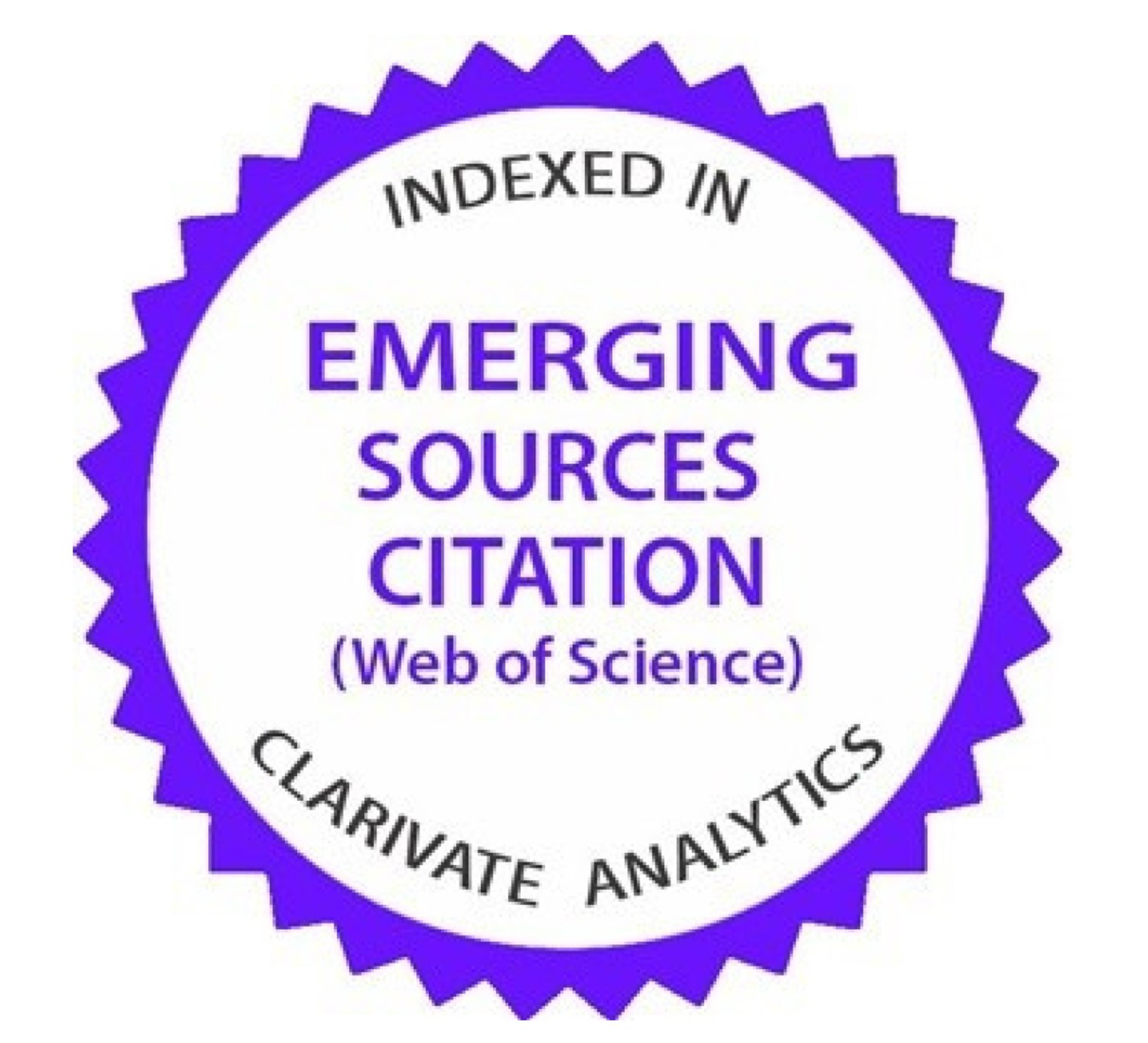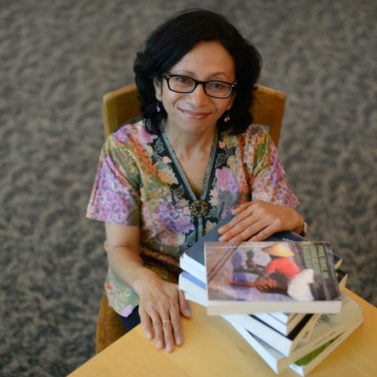Unveiling the power behind the curtain: The influence of political wives of local chief executives in the Philippines
Downloads
For centuries, the role of political spouses has been a crucial, though often overlooked, facet of political life. While scholarly and public attention predominantly fixates on the politician, the contributions of their partners have played a significant role in shaping and influencing the political landscape, a dynamic frequently underexplored in political discourse. To explicate the phenomenon, the study was conducted to explore the role of political spouses in the political landscape of the country, particularly the power of wives of local chief executives (LCEs) in local governance. The study is qualitative research that employed case study design to examine the scope of influence and extent of control of the first ladies of municipal and city mayors in Mindanao during the 2022-2025 term of office—an area of public leadership that remains largely understudied within mainstream political analysis. The study revealed both shared and diverse views and insights among political wives in balancing their roles as mothers and spouses of local chief executives. Across participants, they regarded their roles as demanding yet rewarding, requiring adaptability, strong support networks, and effective time management. They consistently acted as informal advisors, influencing policy and advocacy efforts through their proximity to power. Their accounts highlighted active engagement in community development and navigating public and private responsibilities. While their perspectives were broadly similar, individual journeys differed based on strategies employed to manage these dual demands.
Abramson PR, Aldrich JH, Gomez BT, & Rohde DW (2015) Change and Continuity in The 2012 and 2014 Elections. London: CQ Press/Sage.
Attride-Stirling J (2001) Thematic networks: An analytic tool for qualitative research. Qualitative Research 1 (3):385-405. https://doi.org/10.1177/146879410100100307.
Barreto M & Segura G (2014) Latino America: How America’s most Dynamic Population is Poised to Transform the Politics of the Nation. New York: Public Affairs Books.
Basu A (2016) Violent conjunctures in democratic India. Chapter on Dynastic Politics and Widows in Politics. Cambridge: Cambridge University Press.
Bianchi SM, Robinson JP, & Milke MA (2006) The Changing Rhythms of American Family Life. New York: Russell Sage Foundation.
Burrell B (1999) The governmental status of the first lady in law and in public perception. In: Whitaker LD (ed). Women in Politics: Outsiders or insiders. New Jersey: Prentice Hall. 233-247.
Burrell B (2001) Public Opinion, the First Ladyship, and Hillary Rodham Clinton. London: Routledge.
Burrell B, Elder L, & Frederick B (2011) Polls and elections: From Hillary to Michelle: Public opinion and the spouses of presidential candidates. Presidential Studies Quarterly 41 (1):156-176. https://doi.org/10.1111/j.1741-5705.2010.03835.x.
Cottle M (2012) Battle of the first ladies: Michelle Obama vs. Ann Romney. Newsweek, 9 November. [Accessed 15 September 2024]. https://www.newsweek.com/battle-first-ladies-michelle-obama-vs-ann-romney-63859.
Craighill P & Eastabrooks E (2012) Voters prefer Michelle Obama and Ann Romney to their husbands. Washington Post, 10 October. [Accessed 15 September 2024]. https://www.washingtonpost.com/news/the-fix/wp/2012/10/10/voters-prefer-michelle-obama-and-ann-romney-to-their-husbands/.
Dahl RA (1957) The concept of power. Behavioral Science 2 (3):201-215. https://doi.org/10.1002/bs.3830020303.
Dittmar K (2020) Urgency and ambition: the influence of political environment and emotion in spurring US women’s candidacies in 2018. European Journal of Politics and Gender 3 (1):143-160. https://doi.org/10.1332/251510819X15728693158427.
Elder L & Greene S (2016) The politics of Walmart moms: Parenthood and political attitudes in the 2012 election. Journal of Women, Politics & Policy 37 (4):369-393. https://doi.org/10.1080/1554477x.2016.1198651.
Ferguson ML (2005) ‘W’ stands for women: Feminism and security rhetoric in the post 9/11 bush administration. Politics & Gender 1 (1):9-38. https://doi.org/10.1017/S1743923X05050014.
Fuller R (2014) Political spouses and media dynamics. Political Science Quarterly.
Fulleros PAB & Nitafan RP (2024) The Monday afternoon tree: A grounded theory of slacktivism among Filipino students in a State University. Philippine Social Science Journal 7 (2):42-53. https://doi.org/10.52006/main.v7i2.944.
Gould LL (2001) American First Ladies: Their Lives and Their Legacy. London: Routledge.
Hutchcroft PD (1998) Booty Capitalism: The Politics of Banking in the Philippines. Ithaca: Cornell University Press.
Into CAD & Gempes GP (2018) Untold stories of teachers with multiple ancillary functions: A phenomenology of fortitude. Journal of Advances in Humanities and Social Sciences 4 (1):3-25. https://doi.org/10.20474/jahss-4.1.2.
Jabbari B, Schoo C, & Rouster AS (2023) Family Dynamics. Petersburg: StatPearls Publishing.
Jacobson GC & Carson JL (2015) The politics of congressional elections (9th ed). Lanham: Rowman and Littlefield.
Kallenberger KM (2015) Performing private life on the public stage: Tracing narratives of presidential family lives, leisure, and masculinities in US news media (Publication No. 809). Thesis, University of Wisconsin-Milwaukee, Milwaukee. https://dc.uwm.edu/etd/809.
Kantor J (2007) One place where Obama goes elbow to elbow. The New York Times, 1 June. [Accessed 15 September 2024]. https://www.nytimes.com/2007/06/01/us/politics/01hoops.html.
Knuckey J & Kim M (2016) Evaluations of Michelle Obama as first lady: The role racial resentment. Presidential Studies Quarterly 46 (2):365-386. https://doi.org/10.1111/psq.12274.
Lahman MK, Thomas R, & Teman ED (2023) A good name: Pseudonyms in research. Qualitative Inquiry 29 (6):678-685. https://doi.org/10.1177/10778004221134088.
MacManus SA & Quecan AF (2008) Spouses as campaign surrogates: Strategic appearances by presidential and vice-presidential candidates’ wives in the 2004 election. PS: Political Science and Politics 42 (2):337-348. https://doi.org/10.1017/S1049096508080529.
McCoy AW (1994) An Anarchy of Families: State and Family in the Philippines. Madison: University of Wisconsin Press.
Mendoza RU, Beja EL, Venida VS, & Yap DB (2012) Inequality in democracy: Insights from an empirical analysis of political dynasties in the 15th Philippine Congress. Philippine Political Science Journal 33 (2):132-145. https://doi.org/10.1080/01154451.2012.734094.
Nitafan R (2024) Why don’t people speak up at work? A systematic review of employee silence forms. Moroccan Journal of Quantitative and Qualitative Research 6 (4). https://doi.org/10.48379/IMIST.PRSM/mjqr-v6i4.50177.
Nitafan RP & Idris FM (2024) Predictors of organizational citizenship behavior among government personnel: A structural equation modeling approach. Masyarakat, Kebudayaan dan Politik 37 (3): 313-328. https://doi.org/10.20473/mkp.V37I32024.313-328.
Nitafan R, Gaspan MV, & Samoy CA (2024) Which domain of sustainability performance predicts civic engagement? The case of informal microenterprises in Kabacan, Philippines. Journal of Multidisciplinary in Social Sciences 20 (2):44-51. https://so03.tcithaijo.org/index.php/sduhs/article/view/269834.
Querubin P (2016) Family and politics: Dynastic persistence in the Philippines. Quarterly Journal of Political Science 11 (2):151-181. http://dx.doi.org/10.1561/100.00014182.
Penning JM (2019) Americans’ views of Muslims and Mormons: A social identity theory approach. Politics and Religion 2 (2):277-302. https://doi.org/10.1017/S1755048309000236.
Ragandang PC (2022) What are they writing for? Peace research as an impermeable metropole. Peacebuilding 10 (3):265-277. https://doi.org/10.1080/21647259.2021.2000159.
Shoop TJ (2010) From professionals to potential first ladies: How newspapers told the stories of Cindy McCain and Michelle Obama. Sex Roles 63 (11-12):807-819. https://doi.org/10.1007/s11199-0109877-7.
Stokes AQ (2005) First ladies in waiting: The fight for rhetorical legitimacy on the campaign trail. In: Denton Jr RJ (ed). The 2004 Presidential Campaign: A Communication Perspective. Lanham: Rowman & Littlefield. 167-194.
Stokes J (2015) The ongoing exploration of women and performance in early modern England: Evidences, Issues, and Questions. Shakespeare Bulletin 33 (1):9-31. https://doi.org/10.1353/shb.2015.0018.
Tesler M (2016) Post-Racial or Most-Racial. Chicago: Chicago University Press.
Utomo A & McDonald P (2023) Beyond later and less marriage in Asia: Reflections on Gavin W. Jones’ contributions to the scholarship on marriage. Asian Population Studies 20 (1):17-25. https://doi.org/10.1080/17441730.2023.2236307.
Weldon SL (2002) Beyond bodies: Institutional sources of representation for women in democratic policymaking. The Journal of Politics 64 (4):1153-1174. https://www.journals.uchicago.edu/doi/abs/10.1111/1468-2508.00167.
Wilding D, Fray P, Molitorisz S, & McKewon E (2018) The impact of digital platforms on news and journalistic content. Digital Platforms Inquiry. http://hdl.handle.net/10453/159124.
Williamson T, Wagstaff DL, Goodwin, & Smith N (2023) Mothering ideology: A qualitative exploration of mothers’ perceptions of navigating motherhood pressures and partner relationships. Sex Roles 88: 101-117. https://doi.org/10.1007/s11199-022-01345-7.
Wright L (2016) On Behalf of the President: Presidential Spouses and White House Communications Strategy Today. Westport: Praeger.
Yap TA & Nitafan RP (2026) Custodial duties are more rewarding: A comparative analysis of quality of work life among personnel in uniformed tri-bureaus of the Philippines. Ho Chi Minh City Open University Journal of Science-Social Sciences 16 (1).
Yin RK (2014) Case Study Research and Applications: Design and Methods (6th ed). London: Sage Publications.

This work is licensed under a Creative Commons Attribution-NonCommercial-ShareAlike 4.0 International License.
Copyright of this journal is possession of Editorial Board and Journal Manager, by the knowledge of the author, while the moral right of the publication belongs to the author.
The formal legal aspect of journal publication accessibility refers to Creative Commons Attribution-NonCommercial-ShareAlike (CC BY-NC-SA), implies that publication can be used for non-commercial purposes in its original form (cannot be modified).
Every publication (printed/electronic) are open access for educational purposes, research, and library. Other than the aims mentioned above, the editorial board is not responsible for copyright violation.
















